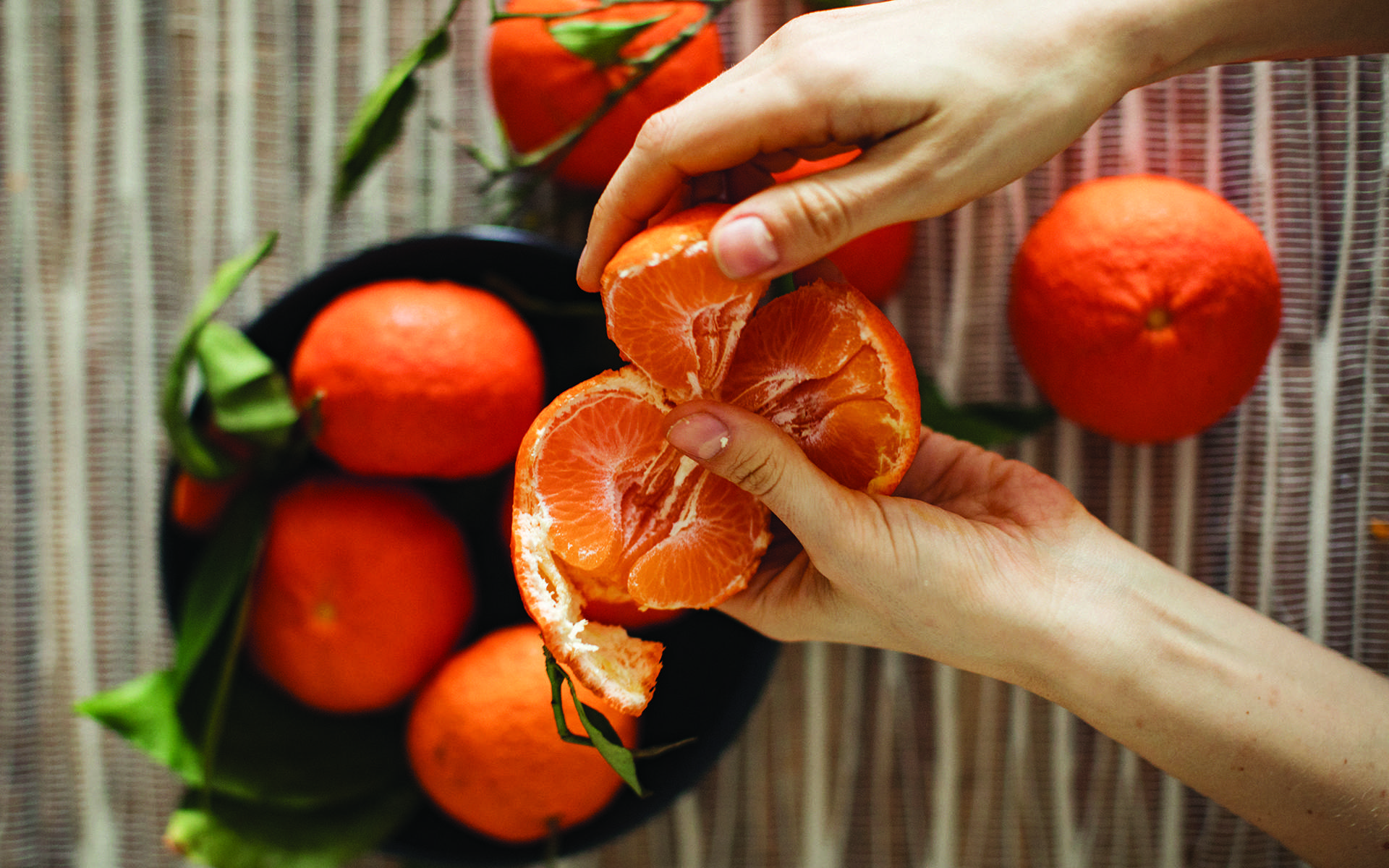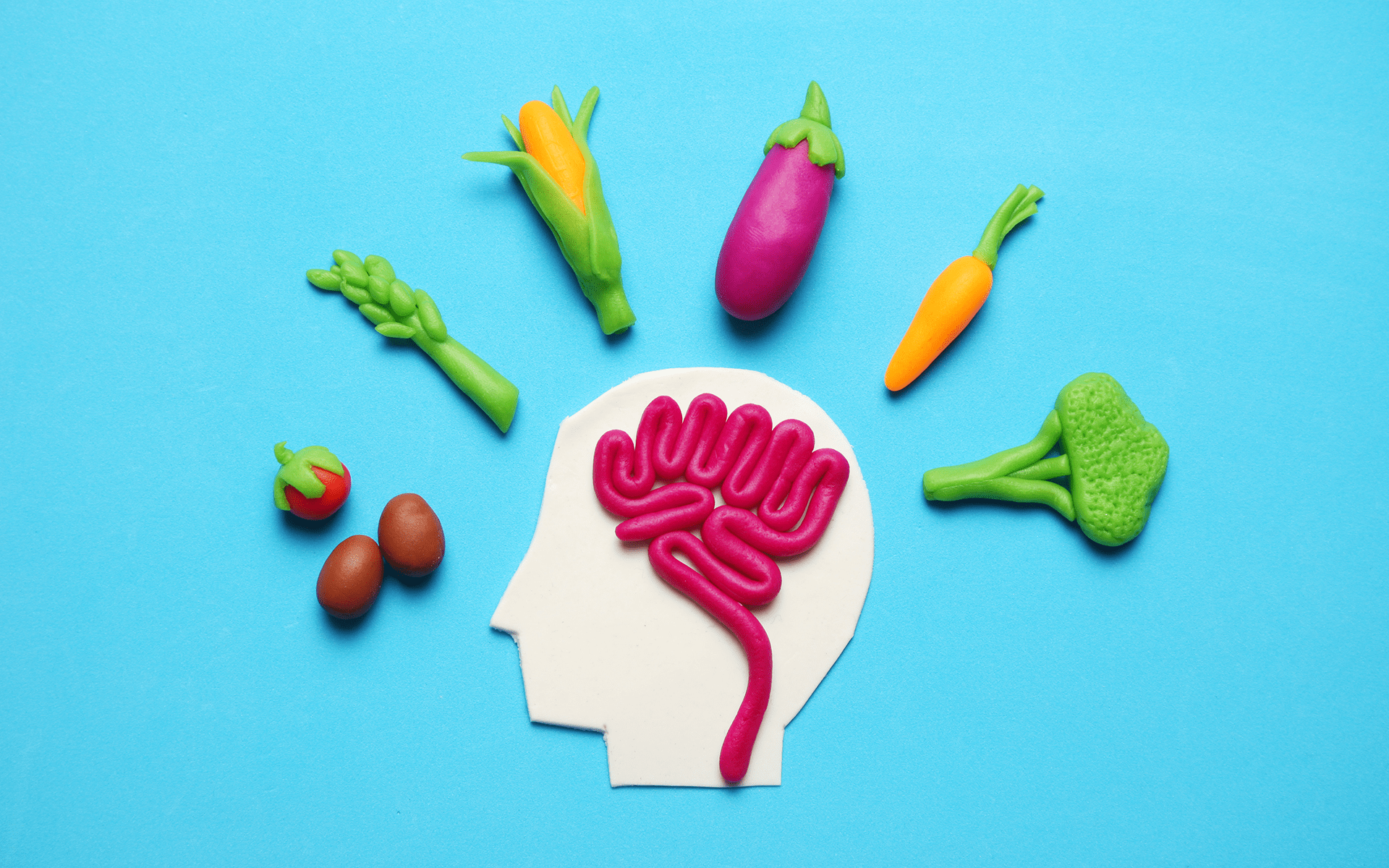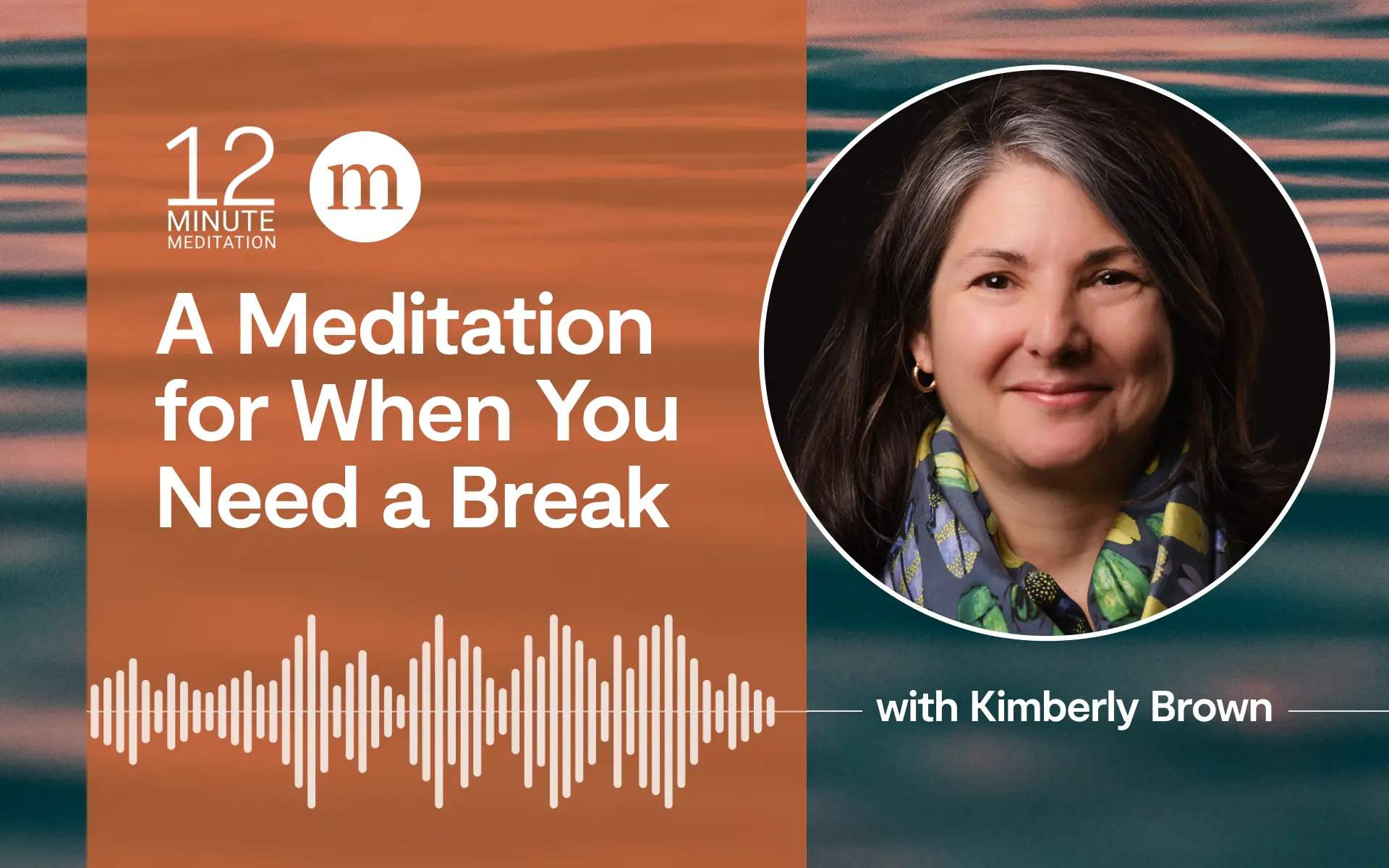It’s an overcast winter day. I haven’t been out of the house for a while because it’s too cold, and I still feel a protective guard against the rest of the world because of the years of COVID. During this dreary and pandemic-stressed day, it sounds like a good idea to fill my belly up with something warm and comforting. I decide to have a piping hot cup of dark chocolate cocoa. In fact, I’m having it while I write this article. I pause to notice what I’m experiencing. I notice the taste of the chocolate—delicious—and the warmth in my belly—calming. A smile crosses my face. I relax.
But am I using food (or, in this case, drink) to soothe my emotions? And is it okay to do that? Is it mindful? The answer is “yes” to all these questions. I brought awareness with kindness and curiosity to exploring what I wanted, why I was doing it, and how much of it I needed. I didn’t have the expectation that a cup of cocoa would take all the COVID blues or the winter away, but it would be a temporarily balm on a cold winter day
So many people these days, from an increasingly young age, carry around a sense of shame and unworthiness about eating emotionally. Mindfulness, however, gives us the option to shift our perspective on “eating our feelings.” When we practice mindfulness, we’re taking the stance of being curiously present, without judgment and with heart-centered qualities like compassion, kindness, trust, patience. The skill of mindfulness is used as we determine when, how, what, why, and how much to eat so that we are consciously choosing our behavior. In that way, mindfulness gives us choices in every moment before, during, and after we eat.
4 Common Ways to Respond to Emotional Eating
Here are four ways we may approach eating when feeling some type of strong, difficult emotion.
1. Eating Emotionally Without Awareness
This type of eating happens automatically. You might be feeling anxious, overwhelmed, sad, lonely, scared, or another challenging emotion. Before you know it, you are eating. And, often, the food that you’ve reached for is high in sugar, fat, or salt. While this type of food is not inherently bad, it is often what people reach for unconsciously and eat with abandon when avoiding emotions.
When you’re in the grip of difficult emotions, eating with awareness might not be on the menu because you are in “avoiding mode” and have told yourself it’s bad and you’re bad if you eat this sugary, gooey, tantalizing food. When you’re not paying attention, you can numb out and avoid the inner critic, but only for a little while. After you wake up to what you’re doing, you have probably eaten way too much to feel comfortable. Then you condemn yourself and feel guilty. To make things even worse, whatever pleasure you might have had while eating has vanished, leaving a likely unpleasant feeling in your belly.
If this scenario sounds familiar, then you know the despair that it brings. You might tell yourself you will never do it again which, unfortunately, sets you up to do the same thing in the future. Forbidding food is a recipe for overeating.
2. Choosing to Eat Emotionally With Awareness
This type of eating is described in the beginning of this article. I knew I was feeling emotional, and I wanted to be comforted. It was too nasty outside to go for a walk (which is another one of my options for feeling better) so I decided that I would make some cocoa. Warmth in my belly might soothe a little bit of the sadness and the sense of blah that I was experiencing. I knew what I was doing, and I consciously chose this approach. I had a cup of cocoa and paid attention to the taste.
I did not feel guilty after having the cocoa, despite the conditioned diet culture thoughts in my head: There have to be too many calories in cocoa and anything that tastes that good must be bad. I have learned through practicing mindfulness that these are just thoughts, and I don’t have to pay attention to them. Instead, I came back to the comforting sensations of taste, smell, and warmth that were available to me in the present.
3. Satisfying a Different Hunger
When you notice yourself reaching for food, ask yourself “What am I hungry for?” If you are physically hungry, then food is a great choice. But when you are feeling stressed, angry, sad, afraid, lonely, bored, or some other emotion, there might be a strategy that makes you feel better both immediately and in the long term.
For instance, physical movement is one of my favorite strategies that can provide tremendous emotional relief as well as important physical benefits. Simply taking a walk around the block by yourself or with a friend who can lend a kind ear gives you time to process your emotions while bringing your nervous system into balance. Or, consider doing a few yoga postures while taking deep breaths.
Other strategies include journaling, calling a friend, doing something creative, playing music, dancing to music, remembering things you’re grateful for, or meditating. Discover what strategies work for you so that you have them available when you’re feeling down.
4. Welcoming Emotions With Curiosity
When we feel upset, we can begin to feel like something has gone wrong. But feelings are not good or bad, right or wrong. Viewed through the lens of mindfulness, feelings are natural, mentionable, and manageable. Every feeling is a naturally occurring expression of our interaction with the world around us. It is what makes us human!
Mindfulness is the best tool I’ve found for understanding and being with waves of emotions that pass through our lives.
Here are three mindful steps to exploring and easing strong emotions:
Name it to tame it. Mindfulness teaches you to acknowledge and name the emotion you are having. Research indicates that when you can accurately name and acknowledge the emotion you are having, it can result in a great sense of relief.
Get curious. After you name the feeling, you open to it so that you can investigate it. What sensations are evident in the body? What are you telling yourself about the situation? About yourself? About the other person? About the feeling you’re having?
Watch the feeling ebb and flow. Mindfulness helps you to step back and see that the emotion is impermanent. While you watch and investigate, it changes. It might feel stronger and then start to subside. Instead of identifying with the feeling, you realize that it is passing through your awareness, like clouds moving across the sky.
Of course, because strong feelings can be painful, gestures of kindness are helpful during this process. You can self-soothe by putting your hands over your heart or another part of the body feeling discomfort. You may even consider giving yourself a hug and noticing how the warmth from your own hands can bring comfort. Tell yourself something that you might tell a good friend.
While practicing in this way, one student told me she was so full of mindfulness that she had no room for food. Presence with kindness was all that she needed.
Be Your Own Best Friend
Consider these different approaches to emotions and emotional eating when you find yourself automatically reaching for food. Determine whether eating right now is the strategy that would best serve your needs. Whatever you choose, remember that your automatic habits have been practiced over a lifetime. Learning new strategies will take time and kindness. If you are patient with yourself, your new best friend (you!) will help you navigate emotional moments while making the decisions that are best for you.
READ MORE
The BASICS of Mindful Eating
How often do you sit down to eat with no screens and when you’re not on the move? Lynn Rossy shares how slowing down and paying attention to our meals can help us know what our body needs and when.
Read More
3 Ways to Improve Your Gut-Brain Connection (and Your Mood)
The next time you feel distracted, or your mind feels foggy, remember your mood is not all in your head—it’s also impacted by your gut and your immune system.
Read More
Self-Compassion: The Often Missing Ingredient in Healthy Eating
Mindful eating often starts with a kinder outlook toward ourselves. From there, we’re in a better position to make decisions about foods that satisfy hunger.
Read More










